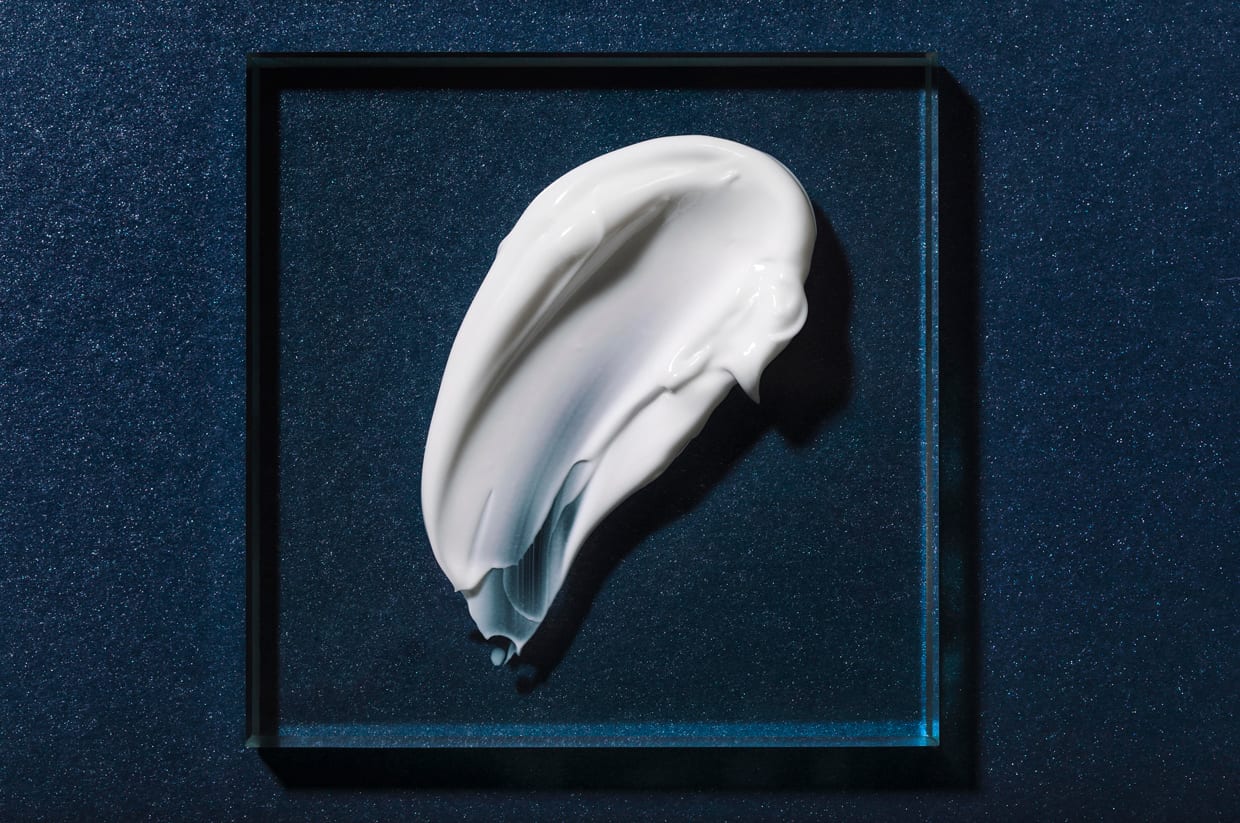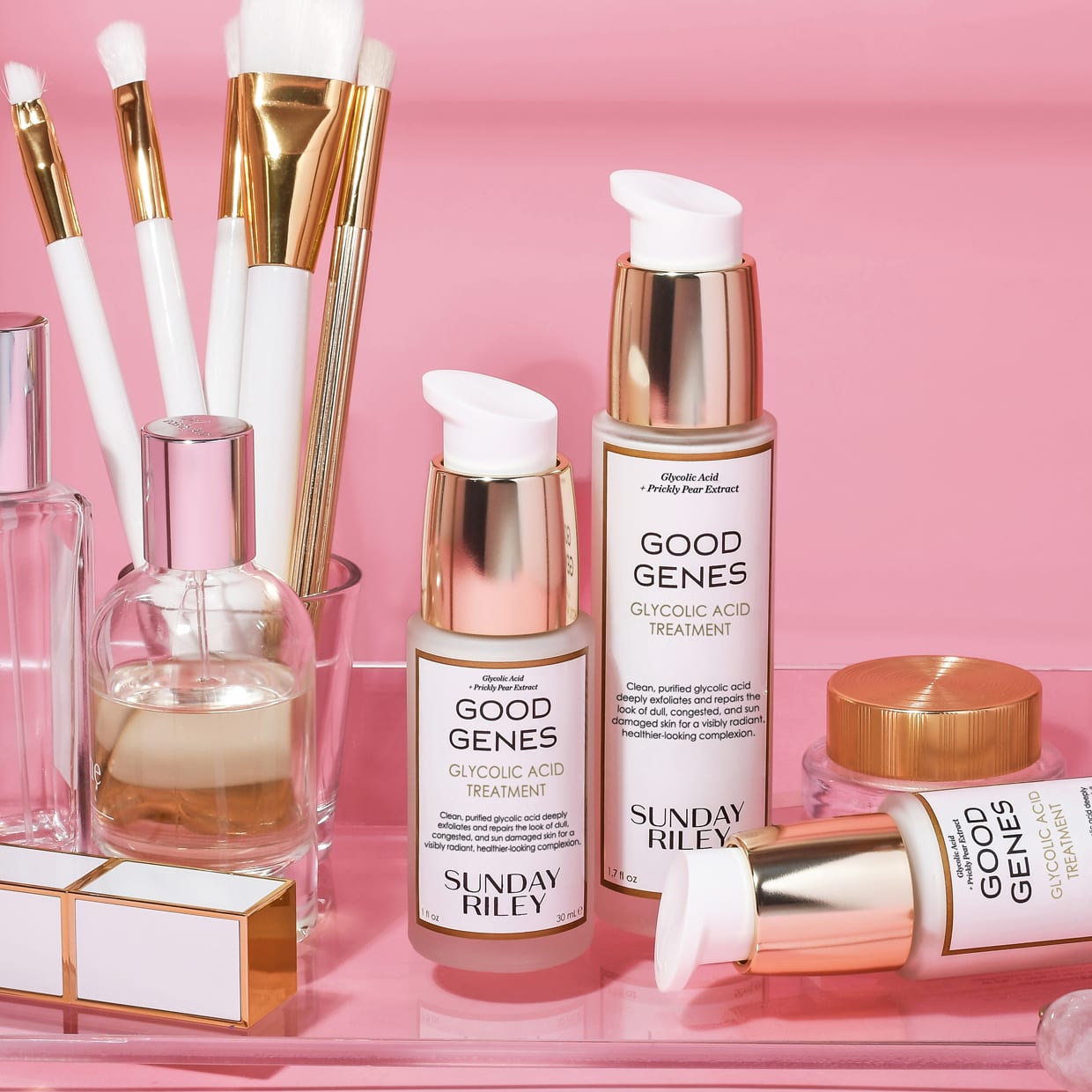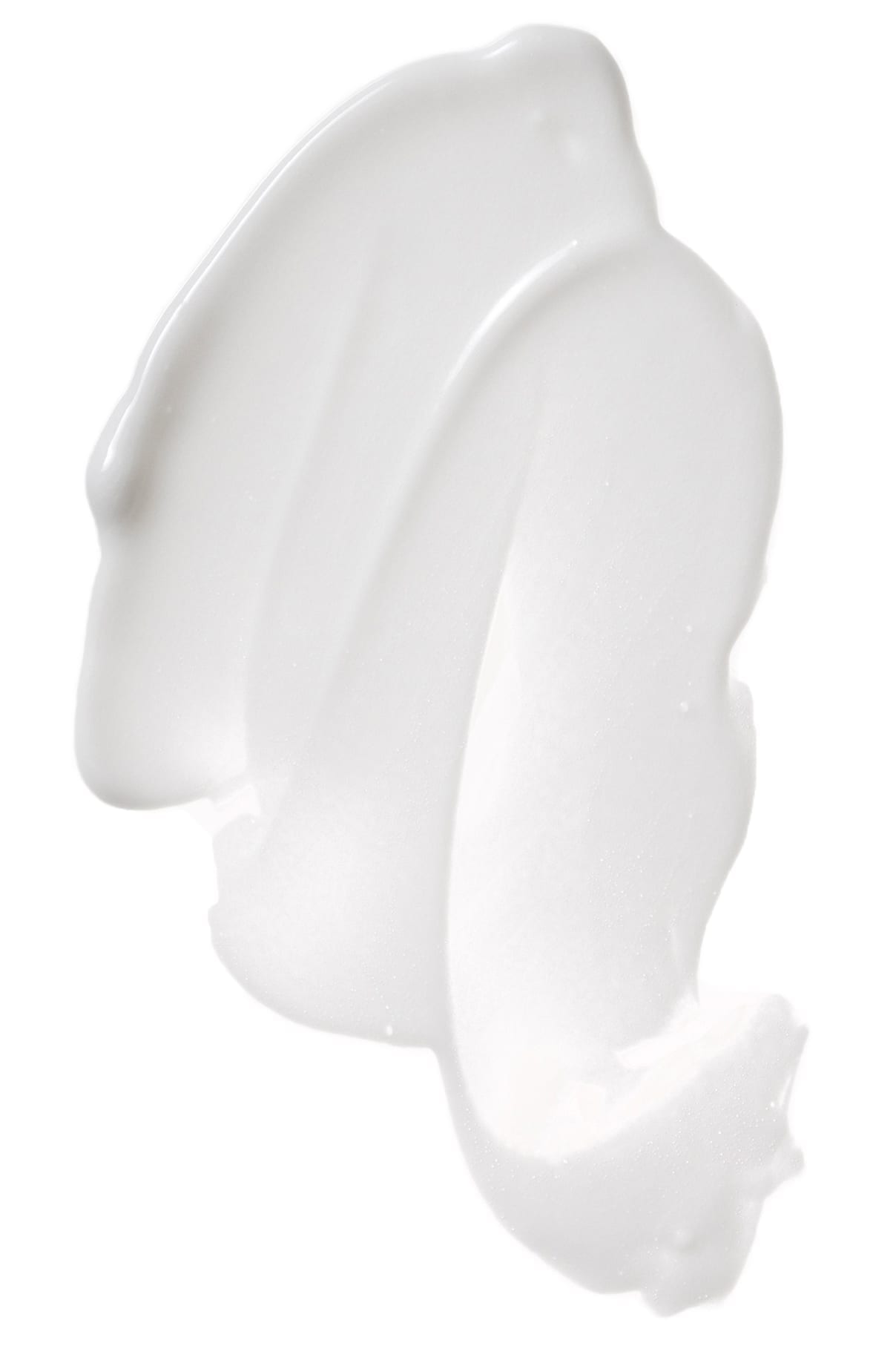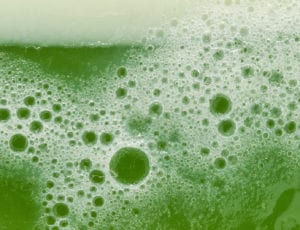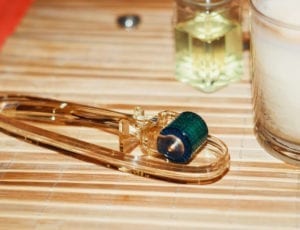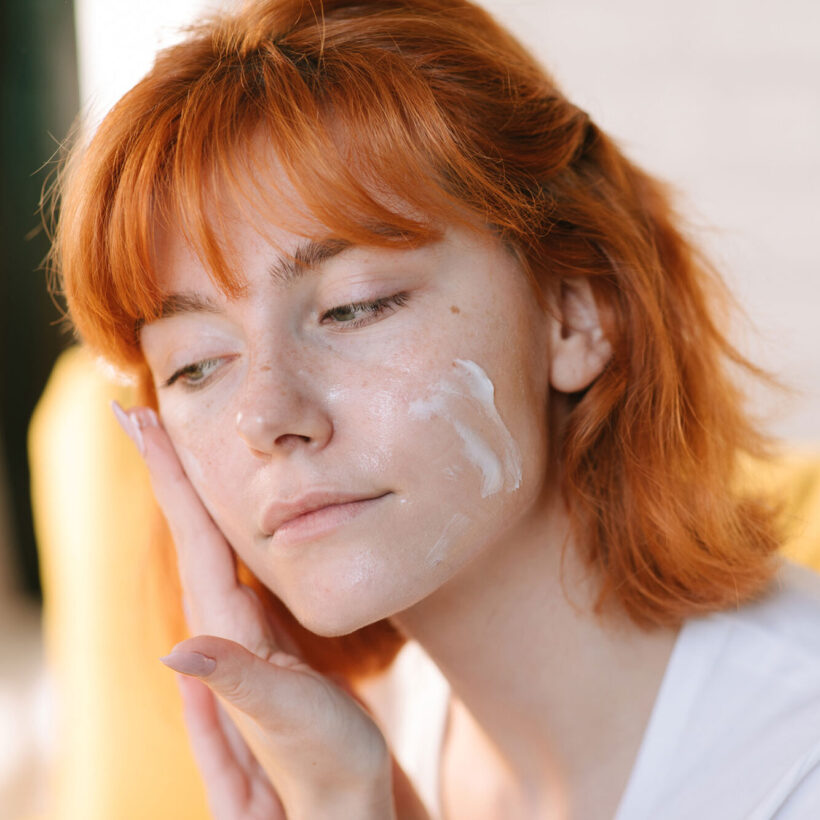Things You Should Know
Which is gentler: lactic acid or glycolic acid? What is the difference? Which is better? Is it OK to use them every day? Is it OK to use them together?
These are the most common questions we have in our Sunday Riley Facebook Group. Acids might seem pretty intimidating at first (after all, middle school science class teaches us that they can lead to burns and boils) but, when formulated correctly, experts say they can do wonders.
This is especially true of glycolic and lactic acids, two of the most popular alpha hydroxy acids (AHAs) whose main function is to exfoliate skin and leave behind a beautiful glow. According to Nowell Solish, M.D., a cosmetic dermatologist and consulting dermatologist for Indeed Labs, they do this by weakening the binding properties of the particles that hold the outer skin cells together. “This leaves you with smoother skin that’s more even in texture and color and paving the way for other products used to penetrate deeper,” he says.
Glycolic and lactic acids, two of the most popular alpha hydroxy acids (AHAs), main function is to exfoliate skin and leave behind a beautiful glow.
Read on to learn more about the difference between glycolic acid and lactic acid and what sets them apart so you can choose the best one for your needs and (deep exhale) finally achieve skin nirvana.
What is Glycolic Acid?
Glycolic acid is a chemical exfoliant that breaks down any dead skin cells located on the outer layer of skin. It can help improve general dullness and dryness, and brightness while increasing collagen production. It also helps moisturizing products better penetrate the skin’s surface.
What is Lactic Acid?
Lactic acid is a slightly gentler chemical exfoliant. It’s perfect for brightening skin or removing any rough dead cells you might have, making it perfect for anyone looking to treat dryness and improve hydration.
Lactic Acid vs Glycolic Acid
Glycolic acid can be a little harsher than lactic acid. Both are generally well-tolerated by most skin types, but you should still consult your dermatologist before use if you have any questions or concerns. Curious about the differences between lactic acid and glycolic acid? Read on to learn which would suit you and your skincare routine, as well as how to best layer your skincare products.
Derived from Different Sources
Though glycolic and lactic acids come from the same chemical compound group – the smallest alpha-hydroxy acid, glycolic acid (also known as hydroxyacetic acid) is derived from sugarcane. “It is also referred to as a ‘fruit peel,’ because it can be found in certain foods and fruits, such as tomatoes, pineapples,” says Julie Russak, M.D., a board-certified dermatologist and founder of Russak Dermatology Clinic. Lactic acid, on the other hand, is derived from milk (while experts say those with dairy restrictions should be okay, you might want to consult your derm just to be safe).
Work at Their Own Pace
Glycolic acid has the smallest molecular size among all the alpha-hydroxy acids. That means it can penetrate deeper into your skin and work faster. Any skincare routine takes repeated use overtime to reach its full potential (they don’t call it a routine for nothin’), but if you are looking for immediate and more dramatic results, glycolic acid is your best bet.
While lactic acid works similarly when it comes to exfoliating, Dr. Russak notes that, because the molecules in lactic acid are larger and the pH lower, the exfoliation tends to be more surface level, “typically affecting the top-most artificial layer of the skin.” For this reason, it may take a little longer to see results when using a lactic acid-based product.
Each Have Other Skin Goals
When it comes to lactic acid vs glycolic acid, they both share the primary objective to exfoliate your skin. However, they each boast separate benefits.
If you want to smooth lines and wrinkles…
“Glycolic acid has the ability to activate and increase fibroblast cells that help produce collagen,” explains Dr. Russak. Boosting collagen helps your skin stay firm longer, and over time, decreases wrinkles and thickens the skin. Lactic acid can also help you to achieve this goal.
If you have acne-prone skin…
Because glycolic acid penetrates more deeply, it can be especially beneficial for oily or acne-prone skin. “It removes oil buildup and excess sebum production, unclogging pores for a clearer complexion,” says Michele Green, M.D., a board-certified dermatologist in New York City.
If you have hyperpigmentation…
Glycolic acid can also disturb the production of melanin within the basal layer of the skin, making it a good option for those looking to combat hyperpigmentation. “This interference speeds up cell turnover, which produces healthier-looking skin due to the reduction in melanin production and gradual sloughing of dead skin skills,” adds Green. These results can also be achieved by using lactic acid.
If you have super sensitive skin…
Since lactic acid molecules do not end up penetrating as deeply as glycolic, they also tend to be less irritating to the skin surface, explains Dr. Russak. “This makes the peel a milder and gentler option suitable for all skin types, but especially good for more sensitive types,” she says, adding that lactic acid has demonstrated having a more favorable side effect profile and faster recovery time.
If you have dry skin…
“Lactic acid is not only more gentle but more humectant, making it ideal for hydrating dry skin,” says Jeffrey Fromowitz, M.D., a board-certified dermatologist in Boca Raton. “It is also good for people who have bumpy skin, typically seen on the outer arms and legs called keratosis pilaris (a common result of severely dry skin),” adds Dr. Solish. Lactic acid is also great for any dryness brought on by cold, wintery weather.
Different Usages
Different Strengths
Regardless of whether you use a lactic or glycolic acid, at-home AHAs usually max at around 10-15 percent depending on the type of product. Since both can be drying, those with oily skin should look for a higher concentration, while those with sensitive skin should try to stay in the lower range. Always start off slowly and build up to a higher concentration to see how your body reacts.
While the percentage of acid is important when determining the right product, the number of free acids in a product determines its pH (and its potency), with the ideal pH level between 3.5 and 4 for at-home use.

If you use lactic acid or glycolic acid, try to start with a formula that has pH closer to 4 not to irritate the top protective layer of the skin and 5% concentration for daily use. Higher concentrations will deliver more acid to the skin but come with the price of being more irritation and sun-sensitizing. “In general, acids with a weaker percentage and more neutral pH can be used daily, while products with a higher acid percentage and lower pH should be limited to two or three times a week,” explains Dr. Russak.
If you can’t find the exact pH level listed on the product, look for other descriptors (such as “mild”) on the box to assess overall strength. When an acid is working, you should feel a slight tingling on your skin, perhaps paired with some temporary redness afterward. If you experience extreme itching or pain, however, you should stop using the product and contact your derm — he or she will help you find the right adjustment.
Pairing with SPF is a Must
When using either lactic acid or glycolic acid, year-round sun protection is an absolute must, as studies have shown that sun sensitivity can last up to two weeks after you have stopped using the product or have had a peel treatment.
Still unsure which to choose? As always, you should talk to your derm to help figure out the best game plan for you. If you are an acid virgin, lactic is generally considered a great place to start thanks to its gentle properties and quick results. If you are nervous, try using it in a face or body wash once or twice a week so it does not sit on your skin for a long period of time and you can see how your skin reacts to it. And, as with any new product, do not forget to do the patch test.
We only recommend products we have independently researched, tested, and loved. If you purchase a product found through our links, Sunday Edit may earn an affiliate commission.
